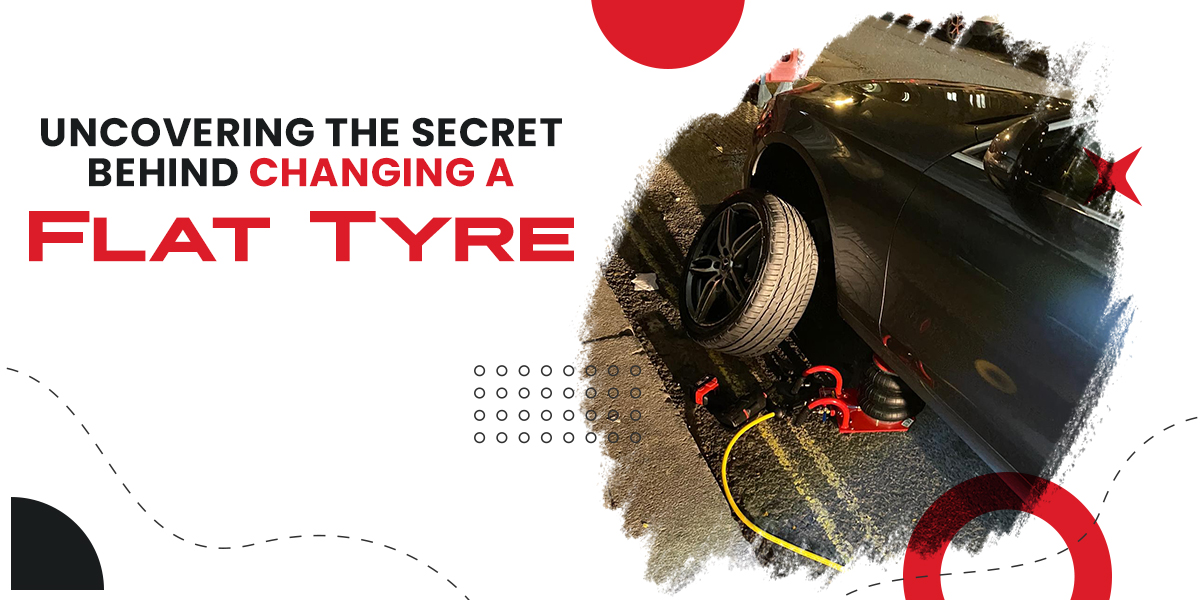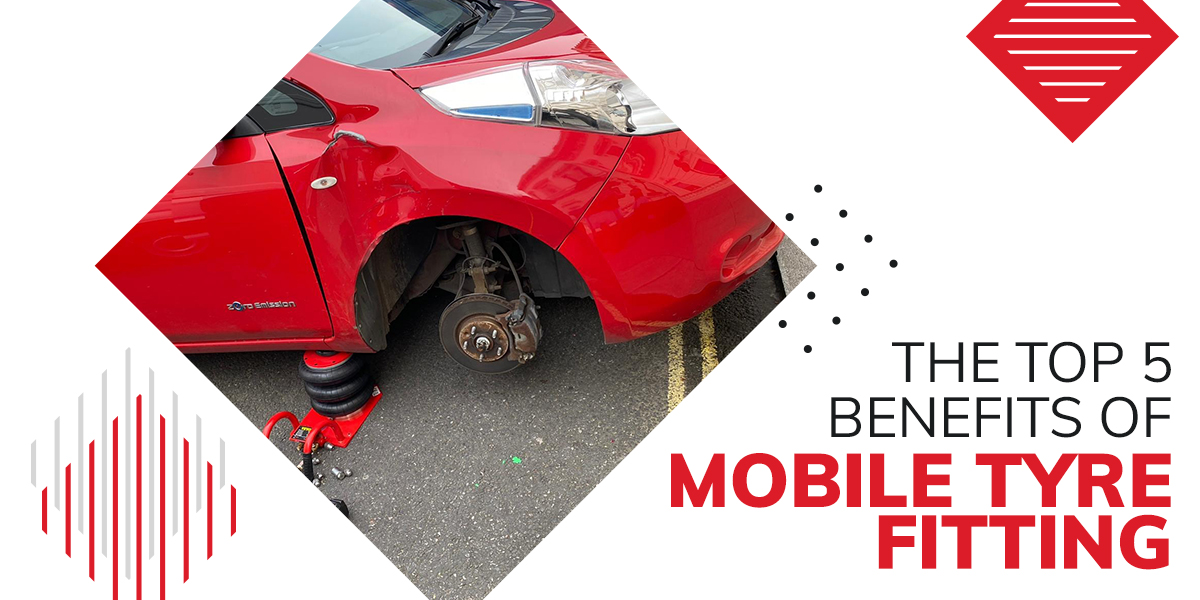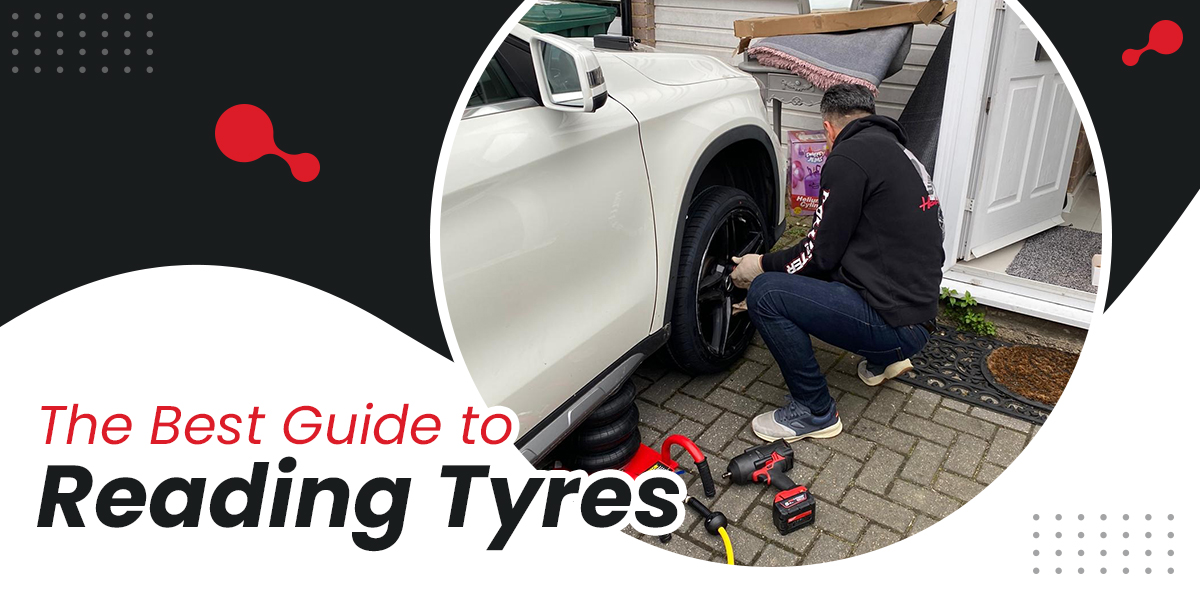Welcome to the twisted world of tyre fitting, where being able to change a tyre can come in handy at the worst possible times! No matter if you’re an experienced driver or a first-time car owner; knowing how to properly install a tyre is a useful skill. In this blog, we’ll walk you through the procedure while keeping it interesting and educational, so you’re prepared for any unplanned flat tyre crisis. And if you’re in London, keep in mind that Mobile Tyre Fitting London is available by phone for quick and efficient help!
Step 1: Tyre Removal
The technician can begin installing the tyres as soon as they arrive at the garage. The vehicle will first be raised using a hydraulic lift so that all four wheels are off the ground.
Step 2: Removing the Wheel Nuts
The wheel nuts or lug nuts need to be unscrewed at this point. These are located immediately below the hub cap. By exerting pressure and rotating them anticlockwise, these are typically circular or hexagonal and can be released.
Step 3: Changing the Tyres
The old tyre or tyres can be removed from the wheel rim after the valve insert has been unscrewed and the inflation pressure has been released. To accomplish this without harming the wheel or other components, the technician would often use a special instrument called a tyre spreader.
Step 4: Installing Newer Tyres
After removing the old tyres, the technician will need to assess the condition of the rim and look for signs of wear and tear or corrosion. A replacement tyre with a width that matches the size of the wheel rim will be mounted when the controls have been made. The vehicle can have tube-style or tubeless tyres installed. Both are built quite similarly; the primary distinction is that tubeless tyres lack the inner tube that normally holds pressured air. Instead, an air container for holding air is formed by the rim and the tyre.
The specialist will confirm that the tread patterns are pointing in the correct way before using the tyre spreader to fit the new wheel once you’ve decided between tubeless and tube type tyres (tubeless tyres are more popular). The tyre or tyres will next be inflated to the proper air pressure. London’s Mobile Tyre Fitting recommends using a long extension hose for safety’s sake.
Step 5: Final Inspections
As improper wheel alignment or unbalanced wheels can result in premature tread wear, the technician will examine the previous tyres for any indications of uneven tread wear. If so, the mechanic can adjust the car’s axle geometry to put it in the right place or change the wheel balance to guarantee that the right weight is distributed evenly.
Step 6: Cutting Down
Our mechanics at Mobile Tyre Fitting London will confirm that the new tyres are properly mounted before mounting them and attaching them to the car’s tyre rims. In order for directional tyres to perform to their best potential, they must be mounted in the proper direction. The arrow on the tire’s sidewall that indicates rotation direction should point in that direction when it is properly mounted.
After the tyre has been installed on the vehicle, the wheel nuts will be tightened mostly by hand before a torque wrench, a specialist tool, is used to tighten the nuts completely. You are now free to re-enter the road after that!
FAQs:
What is the cost of fitting tyres?
The price of fitting new tyres will vary depending on your location, tire size and requirements, such as if you’re having multiple tyres fitted or just a single one following a flat tyre. It may also vary depending if you buy your tyres at the retailer and have them fitted there, or purchase them separately.
What amount of time does it take to tackle a tyre replacement on your own?
Getting caught with a flat tyre is an unhappy regular situation that all drivers suffer at some point, whether from bumpy potholes or running over a nail. Although it’s recommended to have a professional change your tyres, you can put on a spare tyre yourself or apply a car tyre sealant/adhesive spray if you’re in a bind before heading to a garage to have your tyres inspected or replaced.
Depending on your level of confidence, changing a punctured tyre for a spare tyre can be done in less than 30 minutes, but you must take your time and complete each step carefully. Keep in mind that you must only work on your car in a safe, authorised location and that both the car and the jack must be securely parked, with the parking brake engaged and the wheels chocked, so that the car cannot roll. Additionally, your spare tyre must be at the proper pressure. It is crucial to constantly check the tire’s pressure at every professional safety inspection.
Always make sure you have everything you’ll need to change a spare tyre before you go anyplace in your car. The majority of them should already be in your car, but others, like a flashlight or auto puncture repair kit, are practical extras to keep in your trunk for a variety of potential emergency circumstances.
With the correct guide from Tyre Fitting London, you could purchase the right kits for these emergencies!
How far can a spare tyre be driven on?
Your spare tyre may not be intended to be used for an extended period of time or at especially fast speeds, depending on the model you have. Some automobile models can only fit a smaller spare tyre, which should not be driven faster than 80 kilometres per hour since it has less traction and is less capable of handling the road in bad weather. Remember that the spare tyre on your automobile can be a different season tyre than the others.
When should car tyres be changed?
After ten years, it’s highly recommended that you replace your tyres. But if you discover that your tyre is defective or has already worn down to the legal limit before this time, you must replace it. Every five to six years, as a general rule, you should have a professional inspect your tyres.
Knowing how to replace a tyre is invaluable, whether you find yourself in a roadside emergency or just want to be ready. Always keep in mind that Mobile Tyre Fitting Near London is available to help you whenever you require prompt and convenient tyre services in the busy metropolis. Keep yourself safe, drive with assurance, and take pleasure in your travels!





